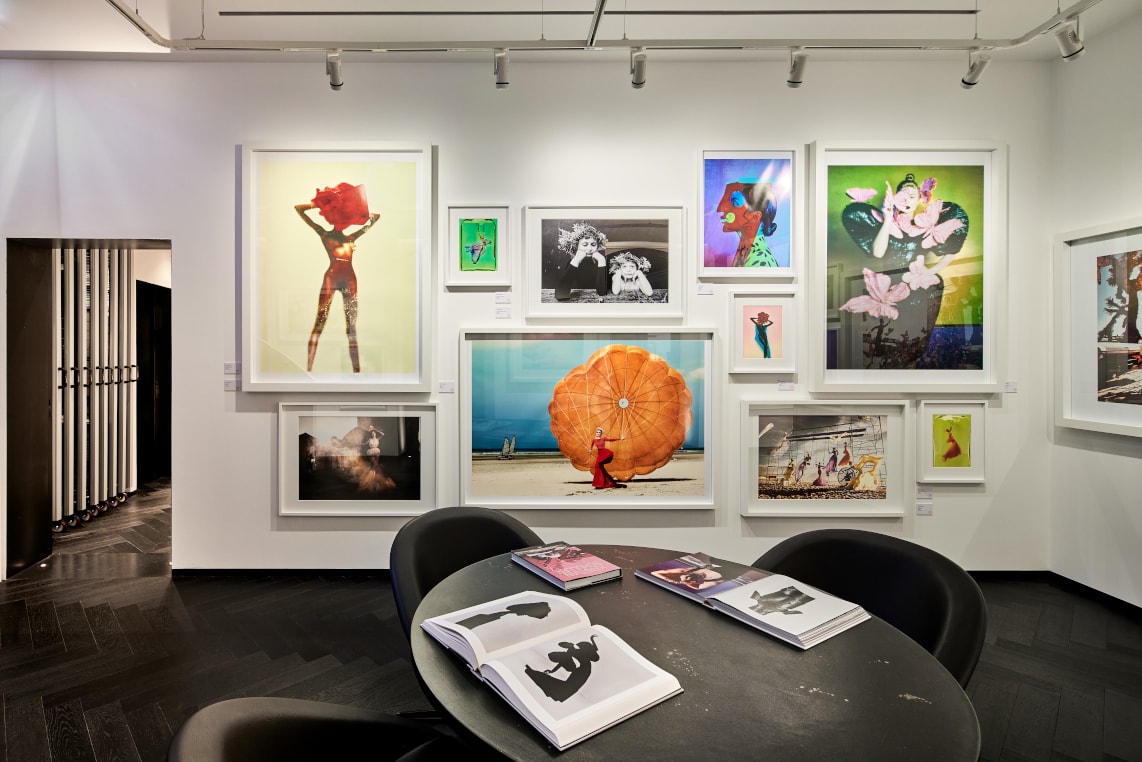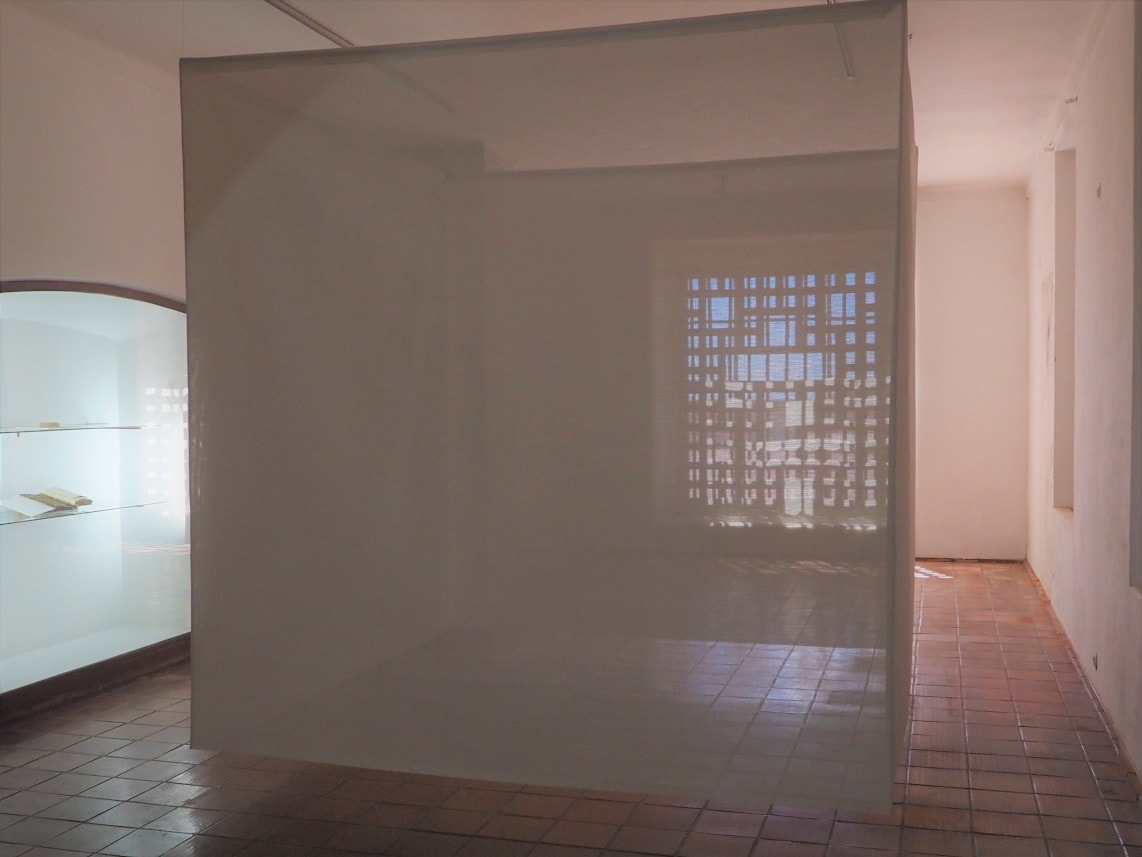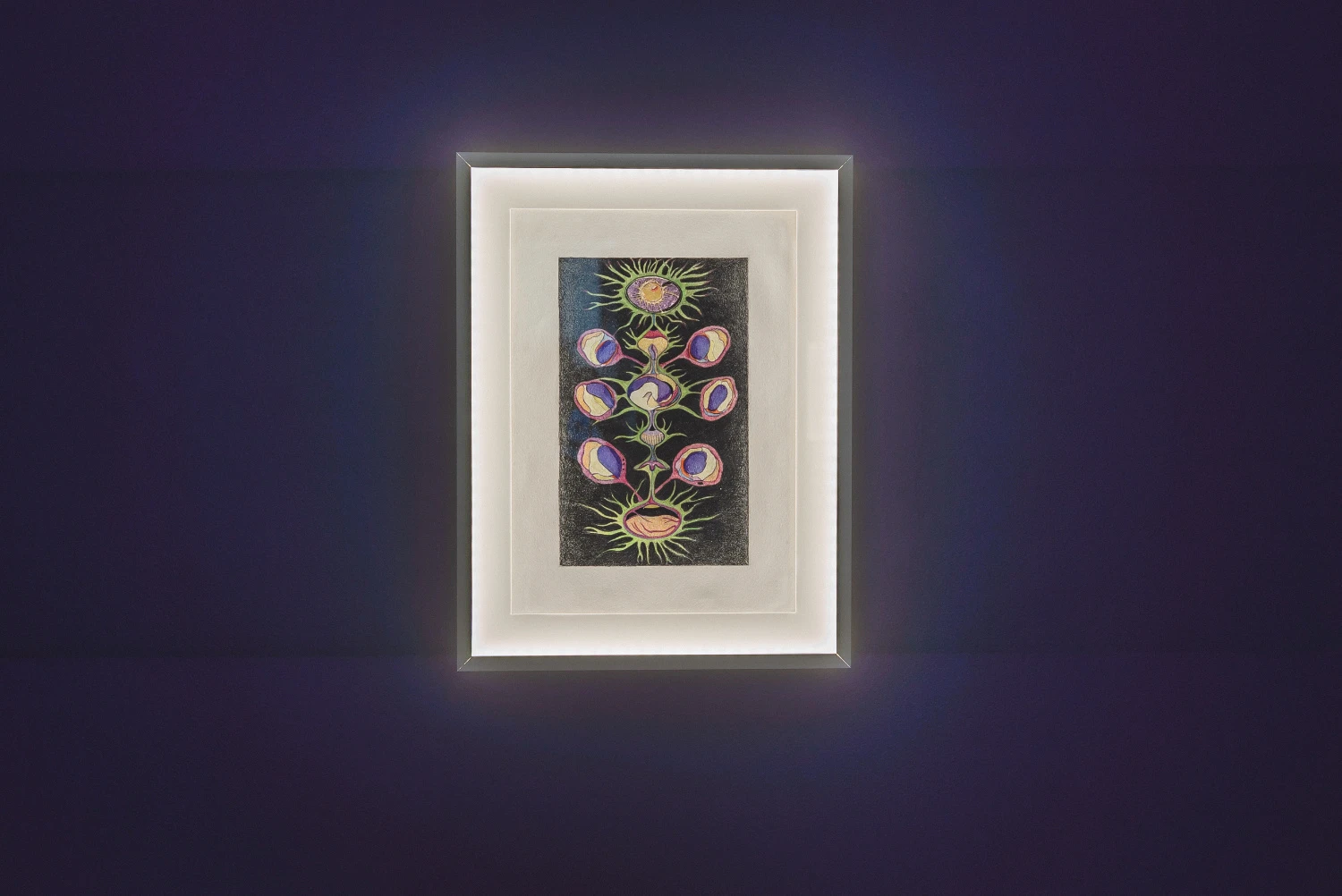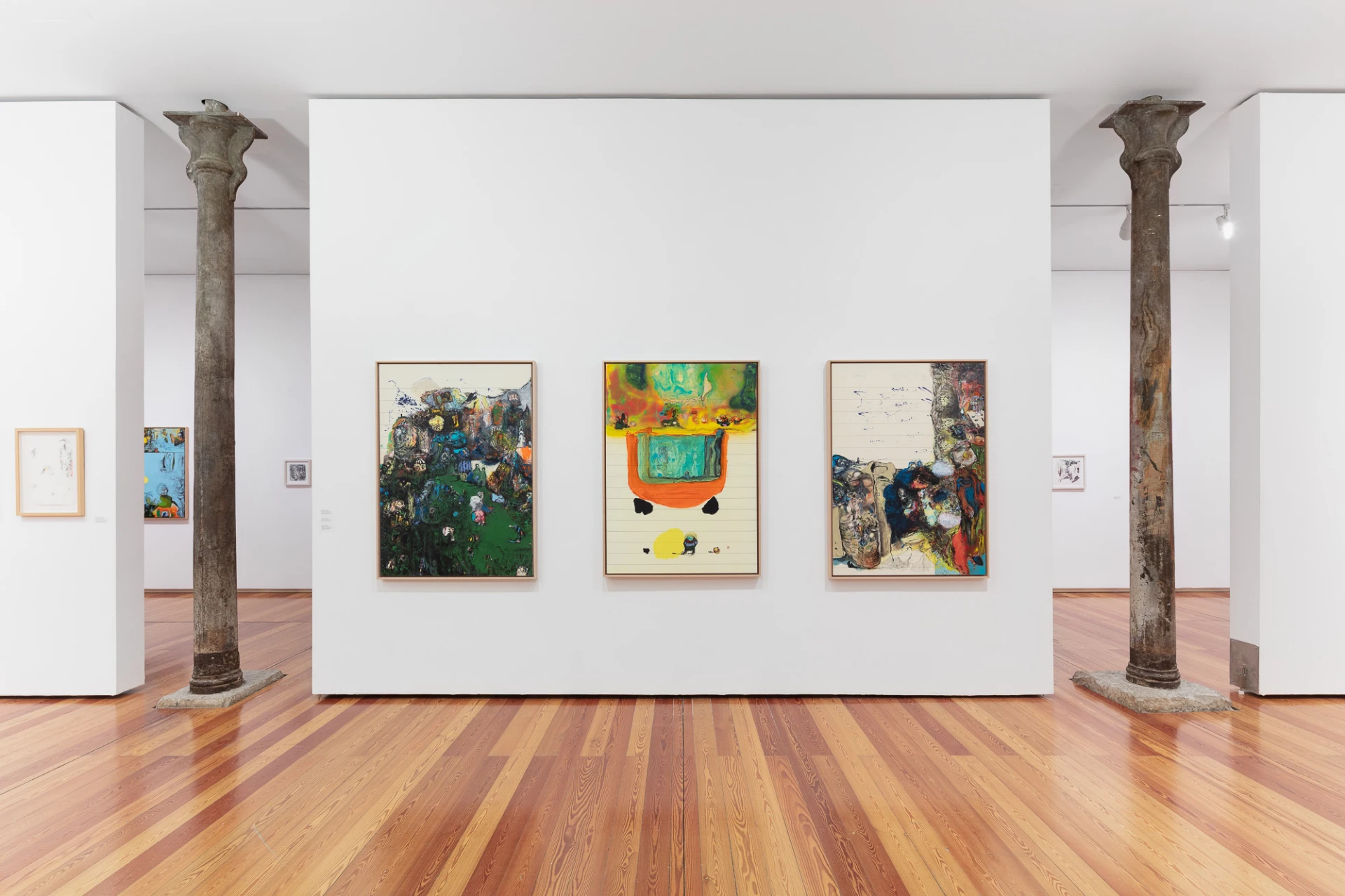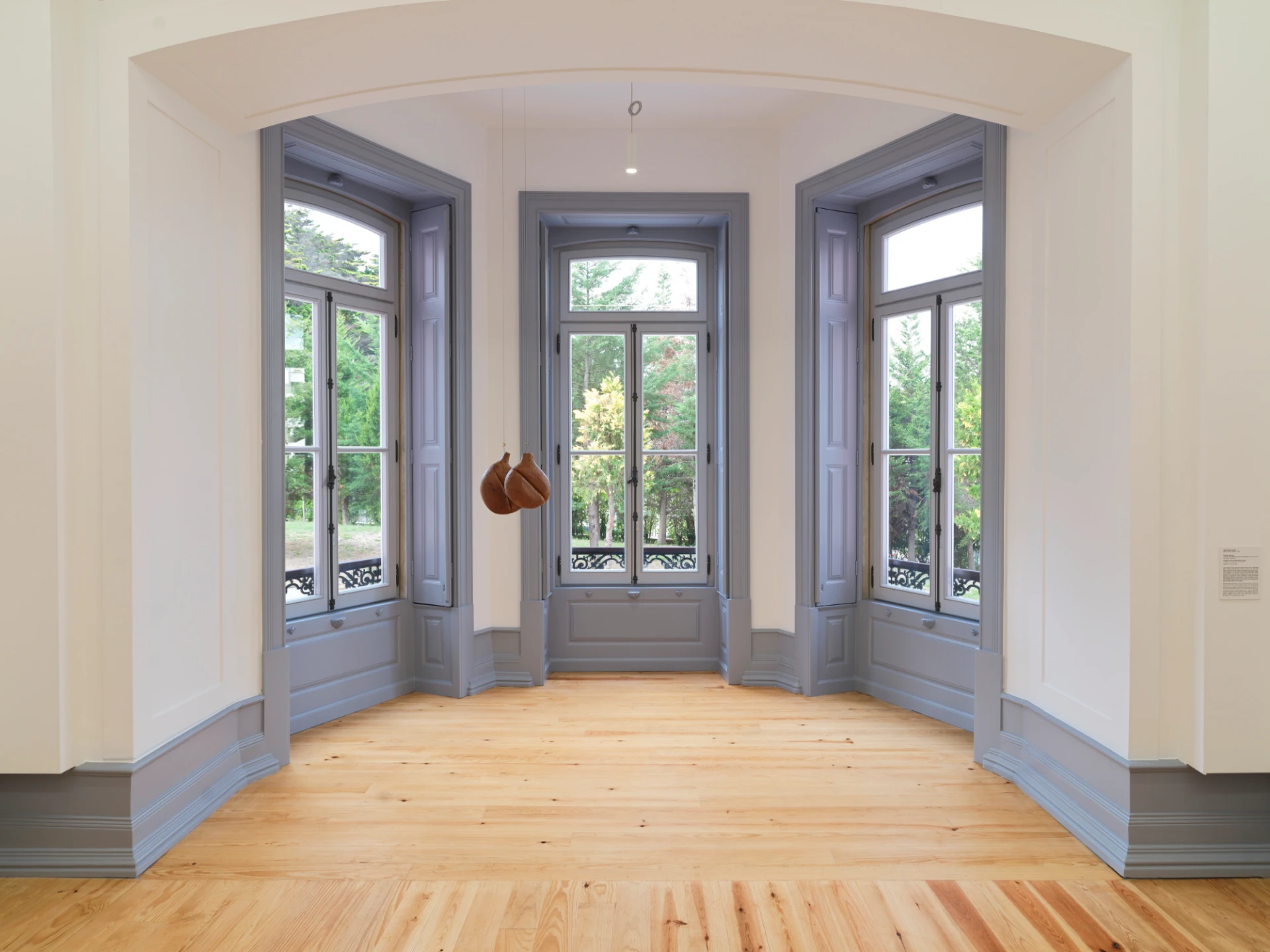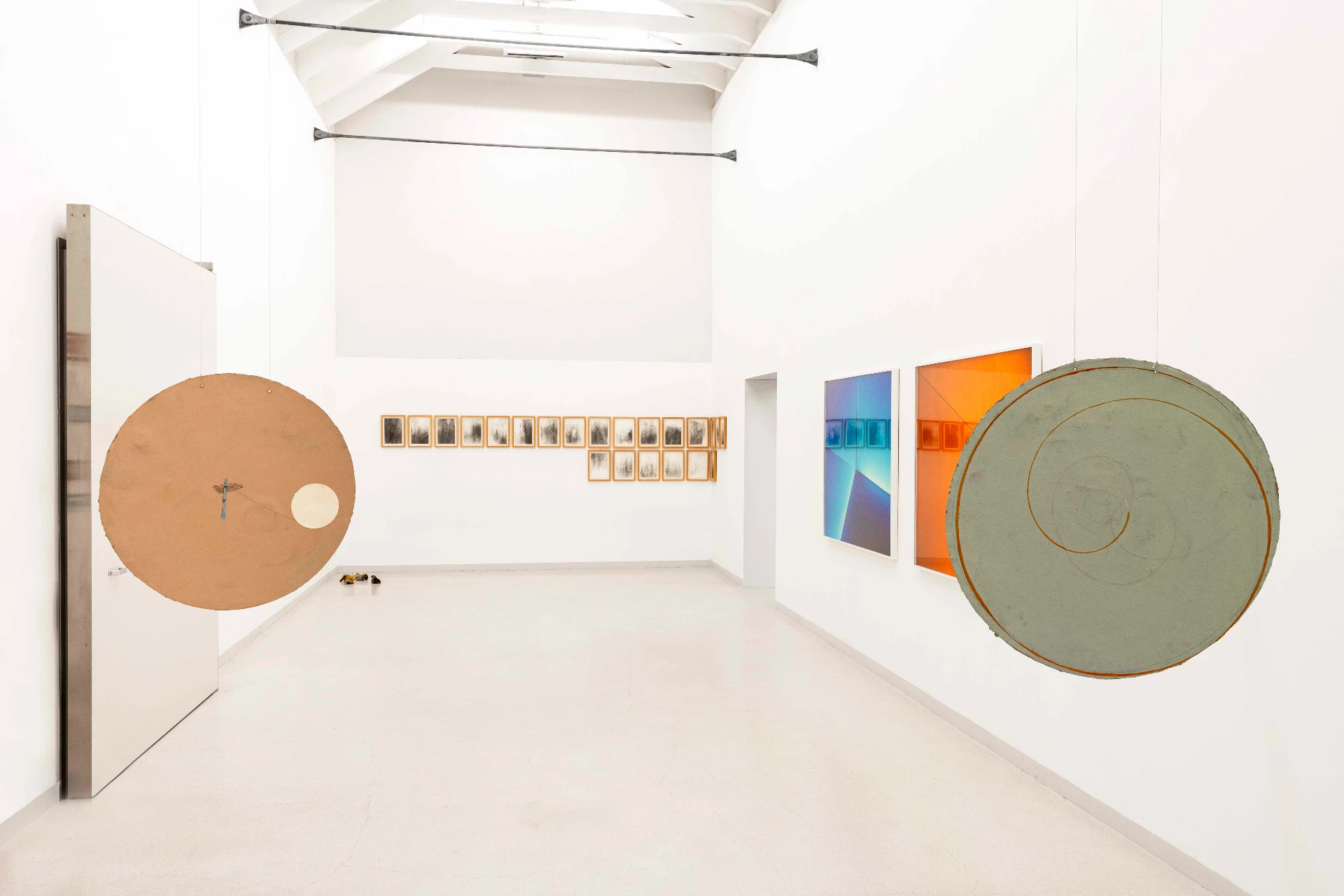Curated by João Silvério, Tale About Urban Piracy opened on July 21 and will be at Museu Municipal de Coimbra – Edifício Chiado until September 4. This is an exhibition belonging to the 13th Festival das Artes QuebraJazz which brings to Coimbra works by 14 artists from the PLMJ Foundation Collection: Ana Janeiro, Adriana Molder, Carlos Guarita, Ilda David, Inês Botelho, Isabel Carvalho, João Pedro Vale, João Tabarra, Manuel João Vieira, Mauro Pinto, Pedro Calhau, Rosana Ricalde, Rui Chafes and Sara Bichão.
The PLMJ Foundation Collection, which began at the end of the 20th century, has around 1.300 works of art by Portuguese and international artists. The acquisition policy is based on three cornerstones: new generations of artists; attention to the art of the countries of the Community of Portuguese Language Countries (CPLP); and national and international sharing of the collection, through exhibitions and the publication of catalogues and monographic books.
At the beginning of the exhibition trail, we see three works by Mauro Pinto, which figuratively explore a relationship between the body and nature, which can be a problematisation of the relationship between the self and the environment. This relationship is also explored in Cruz de Maio by Carlos Guarita, and equally developed in the works of João Tabarra and João Pedro Vale. Flora plays a leading role, in a symbiotic relationship with the human body. Later in the course of the exhibition, this is approached from different points of view: the duplication of the self in Onze #13 by Ana Janeiro, and an approach to the face in Sem título (from the Reis series) by Adriana Molder.
In the overt relationship with the city, given the location of Museu Municipal de Coimbra, but also considering the exhibition’s title (taken from Isabel Carvalho’s work which is part of it), there are attempts to map hypothetical urban sites as in Muro sobre geografia #4 by Inês Botelho. Rosana Ricalde, in Lisboa (da série Cidades Invisíveis), draws a blueprint with phrases cut out from Italo Calvino’s homonymous book. Manuel João Vieira’s surrealism is a jocular criticism of reality. Despite their different plasticity features, the works by Sara Bichão and Rui Chafes add interstitial elements to the exhibition, seeming to demand their own space, almost begging to become a figure as clear or clearer than the other images. Pedro Calhau, with Estrelas Nº06, underlines the idea that there will always be something that overturns the urbe and any other similar organisation: the universe itself – a term that condenses everything – from the cognisable to the unknowable (at least for now). Any instant is a producer of images that are more or less defined, but that always remain, that always have neighbours and that always map us. In contact with the exhibited and static works, the pictorial repertoire is reinforced, and we are reminded of the ease with which the real can be moulded. Perhaps this is what urban piracy is: daring to provoke a transformation in the city, the pinnacle of capital, of acceleration, of utilitarianism, through this incursion called art. Think about it.
